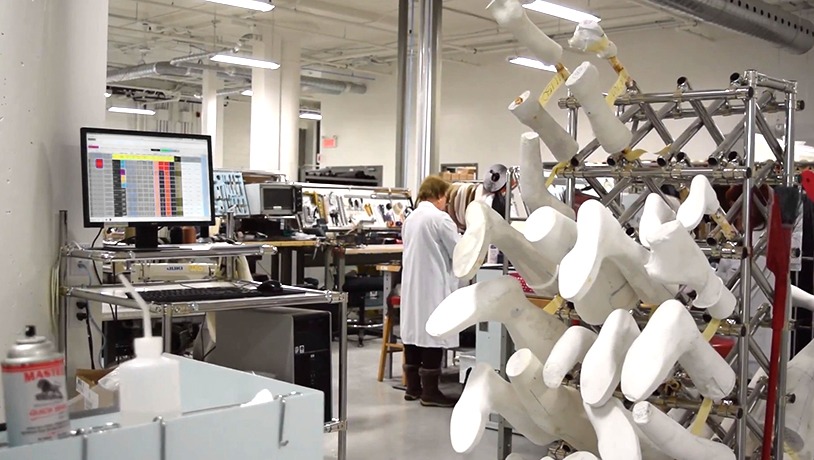
Case Study
HOW THE MAINTENANCE EMPLOYEE CAN INFLUENCE THE PRODUCTIVITY OF AN SME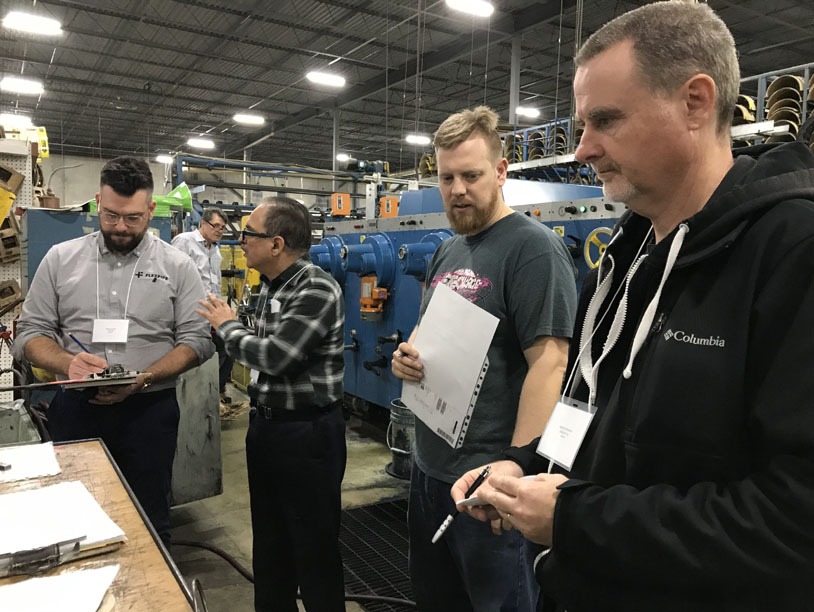
Post
10 THINGS TO KNOW ABOUT MOONSHINE SHOPS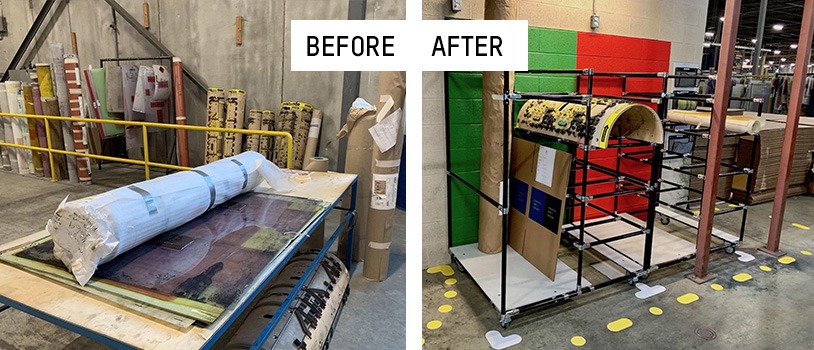
Case Study
DISCOVER THE BENEFITS OF LEAN MANUFACTURING IN THE CORRUGATED AND PACKAGING INDUSTRIES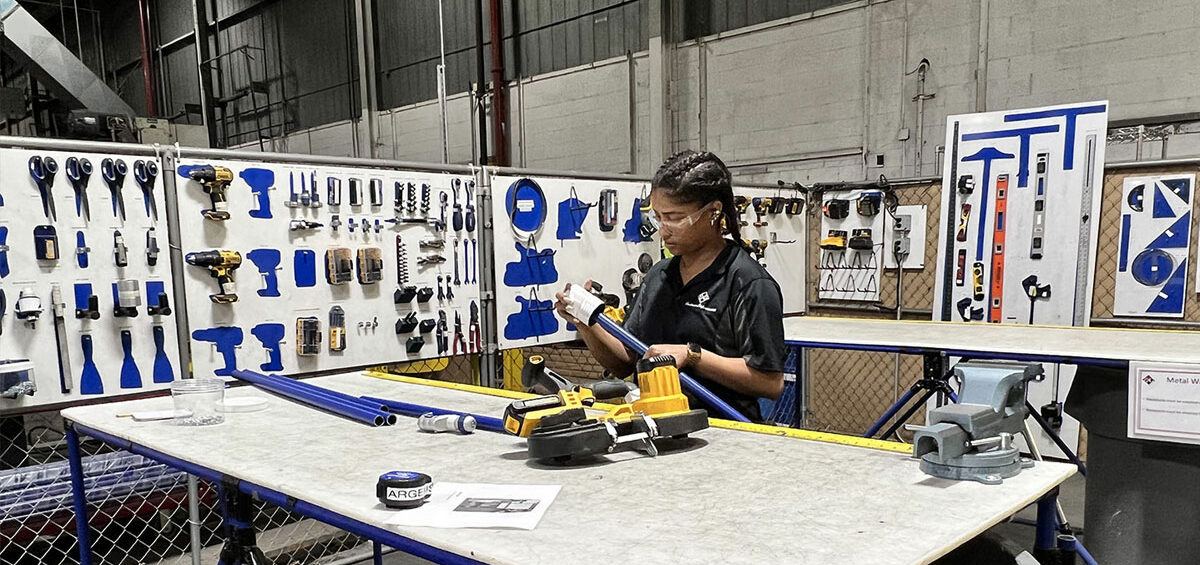
To many of those who have studied supply chain and the concepts pertaining to lean methodology, you probably view the layout of a warehouse or manufacturing center through a different set of lenses. You are able to visualize how inefficient processes are reducing output, ultimately leading to an uptick in money and time. This only hinders a facility’s ability to further expand and grow up on itself, but as operation and project managers are aware of – sometimes getting everyone on board with the “no waste” mindset, it is easier said than done!
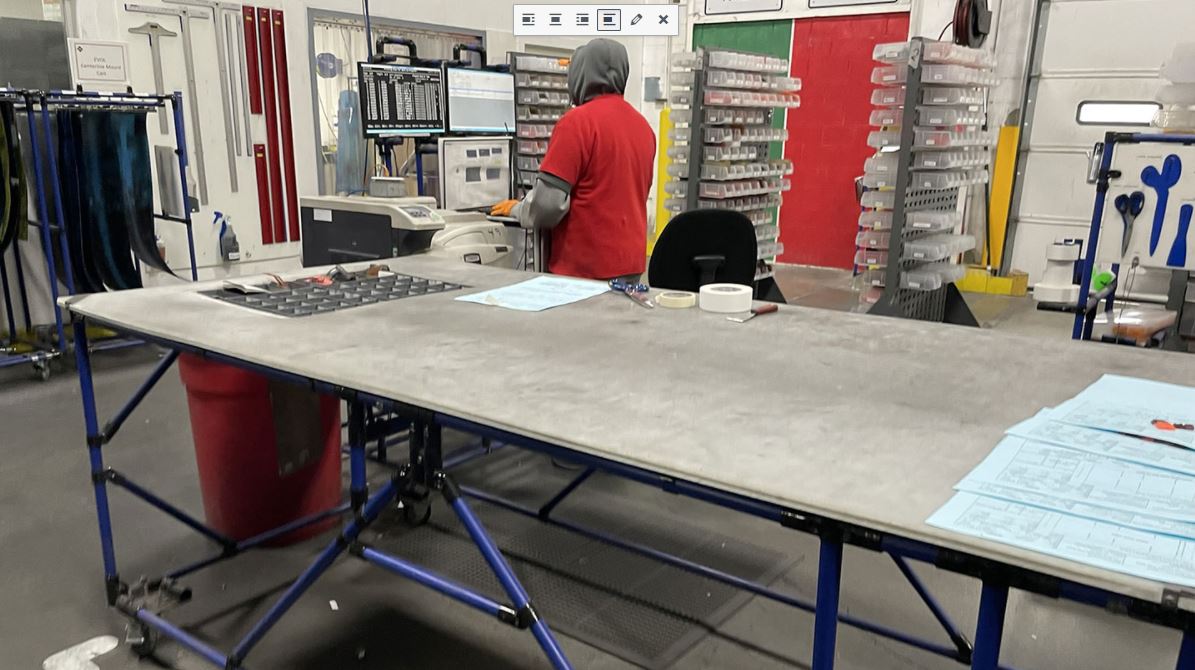
This is a common question that operations will ask themselves. How can I communicate, establish, and sustain a continuous improvement culture? How do I incorporate lean thinking into the mindset of all of my team’s daily tasks? This is where there is a difference between those on the floor and those in the office. While those in the office are familiar with the terminology and lean concepts, those on the floor do not always look at everyday tasks in the same manner. It is more or less viewed as “get the job done” as opposed to “how can we make this better?”.



The question of “how can we make this better?” is not one that many associates on the floor will ask themselves as they believe management will handle problem-solving or, more often than not, they are not asked for input or ideas. This is the mindset that we seek to eradicate. Whenever there is an inefficient process, it should become obvious to everyone within the facility as to what aspects of the process are taking the most time and ultimately leading to wasteful activities. This is where management can be a bit blind as they think this task is rather difficult to achieve, but there is a saving grace and a middle man between management and associates – the continuous improvement technician.
No one can communicate or fix a problem like the continuous improvement technician, considering that all day long he deals with one thing – maintenance. While those in management often look at problems from an analytical and theoretical perspective, the continuous improvement technician has key insight as to whether a goal is actually obtainable in order to make it a reality.

More often than not the continuous improvement technician also has not gone to school or studied lean concepts and doesn’t look at it through the same lens, but rather through his own experience of working with machinery and equipment. The continuous improvement technician focuses on fixing things and making them better solely for the purposes of making things easier on himself and those on the floor as well as mitigating the risk of a future failure. Who wants to fix something over and over again when you could do it correctly the first time, right?
In an interview with President Container’s continuous improvement technician, Chris Pryce, we asked him to provide some key insight on how he goes about continuous improvement and instilling it among those who participate in the daily activities and work.
He started off by mentioning the first step in getting everyone on board is simply asking for their input. Whenever a team member has an idea, they have “kaizen suggestion sheets” available for the employees to fill out. This can be with any idea that they may have on making a process more efficient or better, considering much like the continuous improvement technician, they are the ones working with the equipment on a daily basis. These “kaizen suggestion sheets” are essentially the doorway into allowing associates on the floor to begin the process of eliminating the mindset of “just get the job done” to “how can I make this better?”. Ideas are then passed onto management to see if they are able to be theoretically conducted.

Communicating these needs are important but usually needs to be proven in a statistical manner. One of the most prominent questions that arise are ones such as “how will this cut cycle time?” or “how can this reduce waste while also increasing output?”. Usually, a continuous improvement team will run an analysis on the processes at hand and can aid in helping get an overall view of the statistical data needed to persuade management. Once this process is complete, it can then be passed onto maintenance to make it a reality.

Chris will then use his experience to transform the idea into an actual process on the floor, in which continuous improvement teams will then observe the results and document how the process either improved or what drawbacks may still be remaining. To simplify things, here is a breakdown of the process at hand in which was conducted in six easy steps:
1. Identify a problem or opportunity – This is where the kaizen suggestion sheets come into play. Utilizing these can be advantageous in the sense that they aid with the development of continuous improvement ideas. Allowing associates and employees to brainstorm and come up with concepts that can help the company is the first step in moving toward a lean culture.
2. Analyze the process – Once the sheets are passed onto management, this is where the continuous improvement team and management analyze the processes at hand along with the potential idea. This is conducted in a variety of ways, in which the gauge of what needs to be improved depends on the hindrance at hand.
3. Develop an optimal solution – This is where the brainstorming comes into play as to how to potentially implement the solution. Tools, equipment, materials, and manpower are roped into the equation of feasibility. Once all boxes are checked, it’s time to implement the solution.
4. Implement the solution – The continuous improvement technician, Chris, will then implement the solution with the tools and equipment at hand. He will redesign a process, implement a new piece of equipment, or any other idea that was presented.
5. Study the results and adjust – The trial period after implementation will be analyzed and studied by the continuous improvement team and management. This is key because it allows for statistical data to be presented to further demonstrate how well the idea is working.
6. Standardize the solution – If the idea works appropriately and is a success, the idea will then be implemented to all processes that require it and become a standardized practice of the company.
Without the collaboration between associates, maintenance, and management, none of this could have become a reality. This is where instilling continuous improvement culture is by far one of the most important attributes to iterate within any setting. Not all brilliant ideas need to come from the top. In fact, a lot of them come from the individuals working with the process or equipment the most. To put this into perspective, think about your daily tasks. How many times a day do you think of how you could make a task easier, simpler, or much more efficient? Being involved in a process can provide key insight on how to make it better.

As mentioned previously, some things are easier said than done – but it never hurts to try. There are a lot of companies that incorporate lean methodology and continuous improvement into their culture, and one of the most important advantages that they have instilled within their operations is that every idea matters/counts. It gets everyone thinking about how to further better operations as opposed to having an inner circle at the top trickling down every idea. To begin the process of implementing a continuous improvement culture, start out with something simple such as asking employees for recommendations on processes. Issue out sheets like Chris does and seek feedback on making aspects of the company better. Valuing the input of your associates as well as hearing feedback will allow you to start your operation’s journey from “get it done” to “let’s make it better”.
More often than not, companies are seeking “workarounds” and low-cost continuous improvement projects that present results. This is where utilizing Flexpipe can be a vital asset to your continuous improvement projects, as Flexpipe is able to construct low-cost solutions. Flexpipe allows you to model a pipe and joint modular structure and visualize how it would look and work even before being implemented. Utilizing Flexpipe can open doors to solutions that maybe did not seem possible without a substantial amount of capital to invest, but constructing these devices are both low cost and innovative, thus further driving your continuous improvement culture.